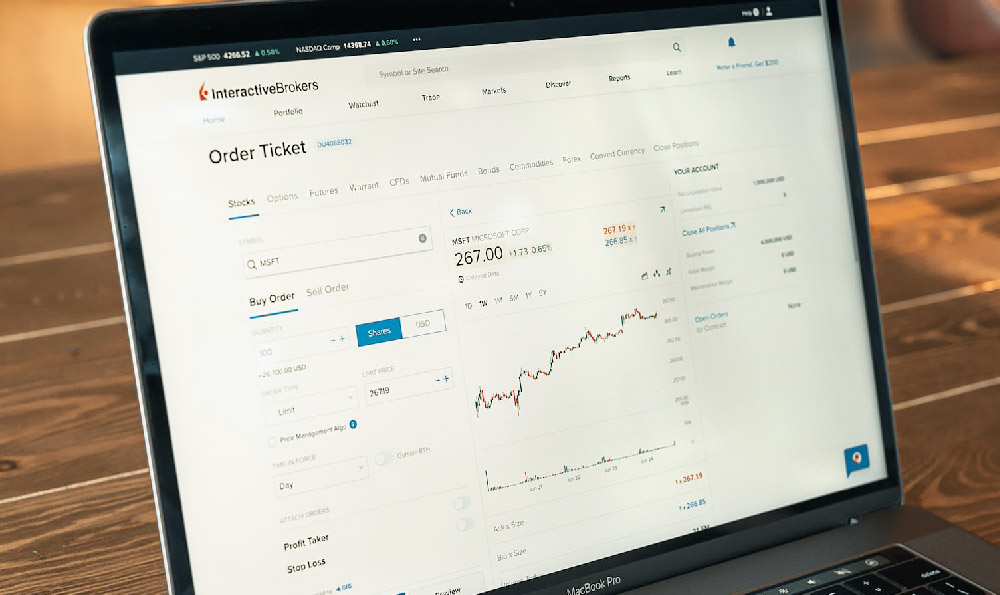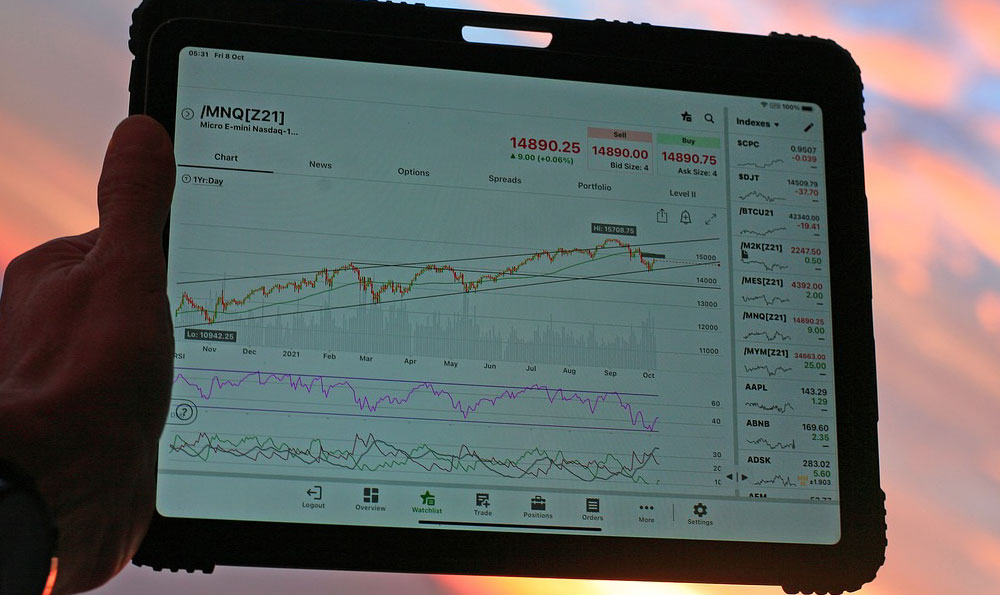Rice cultivation has long been a cornerstone of agricultural economies, particularly in Asia, where it sustains millions of livelihoods and contributes significantly to food security. For those considering entering this field, the path to profitability is not merely about planting seeds and waiting for harvests; it requires a nuanced understanding of market dynamics, resource management, and adaptive strategies to navigate the complexities of modern agriculture. The key to success lies in harmonizing traditional farming knowledge with contemporary innovations, ensuring both environmental sustainability and financial viability.
The first step in leveraging rice farming for profit is to evaluate the fundamental conditions that dictate its success. Geography and climate are paramount—rice thrives in regions with abundant rainfall, warm temperatures, and sufficient humidity, such as the lowlands of Southeast Asia, the wet rice terraces of the Himalayas, or the river valleys of the American Midwest. However, choosing the right location is not just about matching these natural requirements; it necessitates a careful assessment of infrastructure, such as irrigation systems, access to markets, and transportation networks. A farmer in a remote area might face higher logistical costs, while one near urban centers may benefit from proximity to processing facilities or supermarkets. Soil quality also plays a critical role, with well-drained, nutrient-rich soil being ideal. Farmers must conduct soil tests to determine its fertility and pH levels, and apply organic amendments or microbial fertilizers to enhance productivity without relying heavily on synthetic chemicals, which can increase expenses and pose environmental risks.
Once the groundwork is laid, selecting the appropriate rice variety is essential to optimize both yield and profitability. Hybrid rice, for example, offers higher productivity and resilience to pests and diseases compared to traditional varieties, but its cost is often higher. On the other hand, indigenous or heirloom rice varieties may command premium prices in niche markets for their unique flavors or health benefits, though their yields might be lower. The decision should align with local demand, market trends, and the farmer’s risk tolerance. In regions with unpredictable weather patterns, cultivating drought-resistant or flood-tolerant strains can mitigate crop losses, while in areas with stable climates, focusing on high-yield varieties may maximize output. Additionally, the adoption of technology, such as seed selection tools or genetic modification techniques, can further enhance efficiency and quality, though these investments must be weighed against their long-term economic benefits.

Profitability in rice farming hinges on a delicate balance between production costs and market value. Labor, both seasonal and year-round, constitutes a significant portion of expenses. In regions with labor shortages, investing in machinery like transplanters or combine harvesters can reduce reliance on manual labor and expedite the planting and harvesting processes. However, the initial cost of such equipment may be prohibitive for small-scale farmers, necessitating alternative solutions such as leasing or cooperative purchasing. Water management, another critical factor, requires careful planning to avoid overuse or underuse. In places prone to water scarcity, implementing drip irrigation or rainwater harvesting systems can minimize waste and lower operational costs, while in regions with excess rainfall, constructing drainage channels and utilizing polyculture practices with flood-tolerant crops like lotus or water hyacinth can ensure efficient moisture regulation.
The market dimension introduces another layer of complexity. Rice is not a homogenous product, and its value varies widely based on grade, processing method, and consumer preferences. For instance, parboiled rice, which undergoes a controlled steaming process to preserve nutrients, is often more expensive and in higher demand than unprocessed brown rice. Similarly, basmati or jasmine rice, known for their aromatic qualities, can fetch premium prices in international markets. Farmers must therefore consider not only the cost of cultivation but also the potential for value-added processing or branding. Collaborating with local cooperatives or processing units can provide access to better pricing and distribution channels, while direct-to-consumer sales through e-commerce platforms or farm-to-table initiatives can capture higher margins by eliminating intermediaries.
Moreover, the integration of sustainable practices is crucial for both long-term profitability and regulatory compliance. Organic farming, for example, reduces dependence on chemical fertilizers and pesticides, leading to lower input costs and premium pricing for organic rice. However, this approach requires adherence to strict certification standards, which may involve additional paperwork and costs. Alternatively, regenerative agriculture techniques such as crop rotation, composting, and conservation tillage can improve soil health and reduce erosion, ensuring consistent yields over time. These practices also align with global trends toward environmentally responsible farming, potentially opening up opportunities for government subsidies or carbon credits in the future.
Risk management is an often-overlooked yet vital component of rice farming. Weather-related risks, including droughts, floods, or pests, can devastate crops and lead to financial losses. Diversifying crops to include legumes, vegetables, or livestock can create a buffer against these risks, ensuring that a single crop failure does not jeopardize the entire income stream. Additionally, farmers should consider crop insurance policies or futures contracts to hedge against price fluctuations and supply chain disruptions. Staying informed about market trends, such as the demand for gluten-free rice or the impact of global trade policies on rice exports, can also help farmers make proactive decisions that align with consumer preferences and economic shifts.
In the end, the profitability of rice farming is a multifaceted endeavor that demands strategic planning, technological adaptation, and a keen awareness of market demands. Success is not guaranteed merely by planting rice, but by cultivating a holistic approach that integrates sustainable practices, efficient resource management, and innovative marketing strategies. By doing so, farmers can transform rice cultivation from a traditional practice into a lucrative venture, ensuring not only economic returns but also the resilience of their agricultural systems against the challenges of a rapidly changing world.












